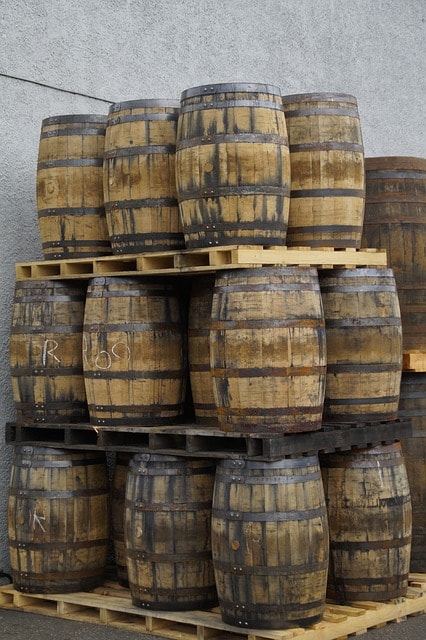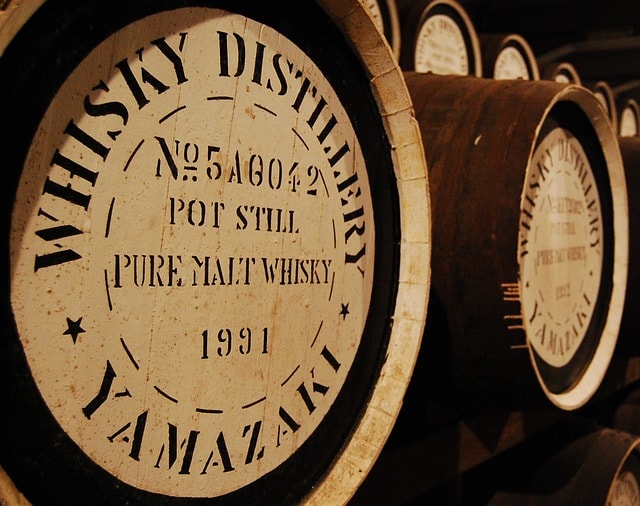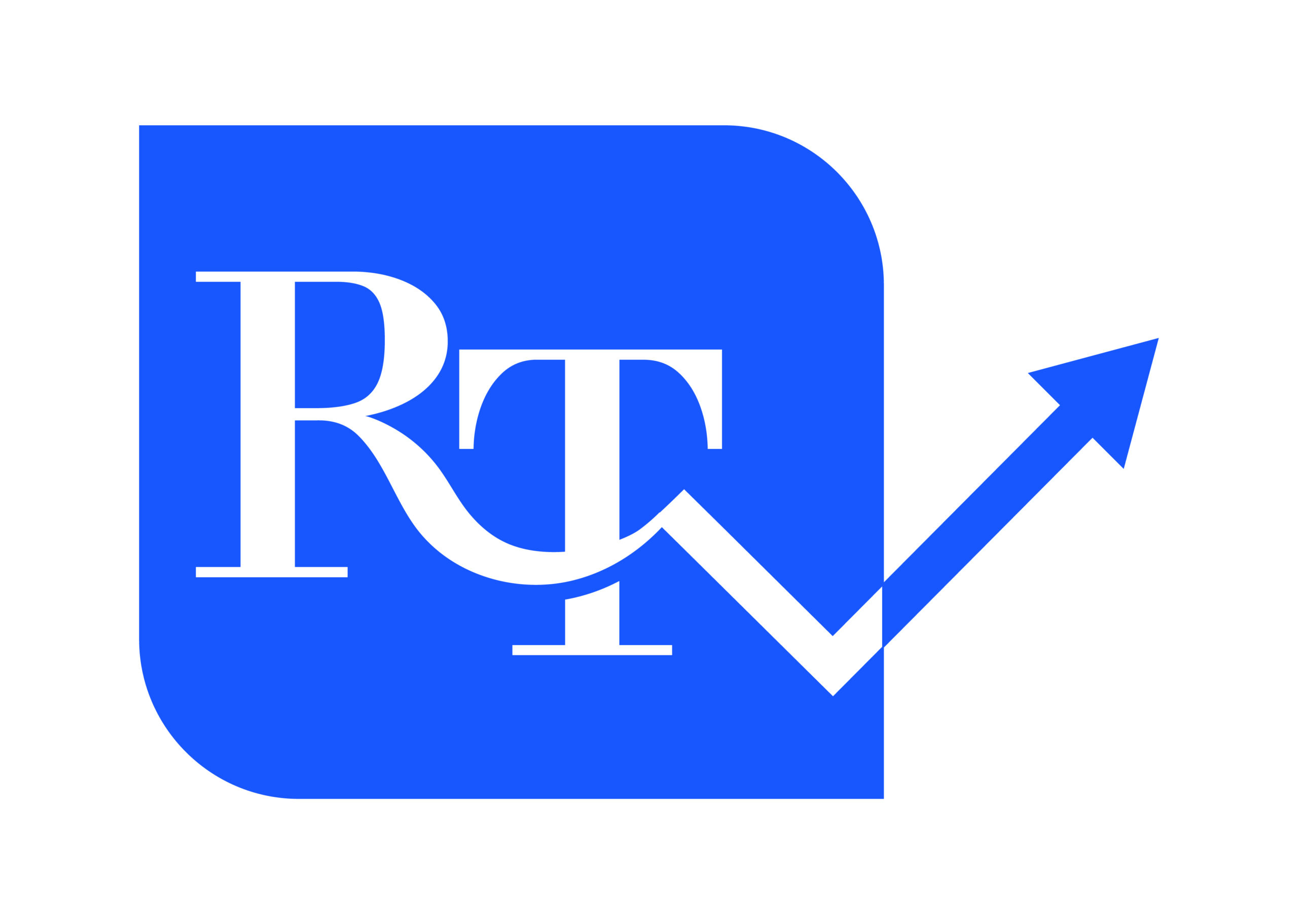
The whisky market has seen significant growth over the past decade. Blended Scotch whisky plays a crucial role in this market, accounting for a large majority of Scotch sales by both volume and value. This type of whisky combines different types of whisky to enhance flavor and appeal, making it a popular choice among consumers.
Market Overview
The whisky market has experienced remarkable growth in recent years, driven by a surge in demand for premium and super-premium whiskies. The global whisky market is on an upward trajectory, with the Scotch whisky market alone projected to reach an impressive £7.1 billion by 2025. This growth is fueled by several factors, including rising demand from emerging markets, the increasing popularity of whisky among younger consumers, and a growing trend towards premiumization. As more consumers seek out high-quality, authentic spirits, the whisky market continues to expand, offering exciting opportunities for investors and enthusiasts alike.
The Scottish whisky market is poised for a significant expansion.
Current estimates value it at USD 35.04 billion in 2024, projecting a surge to USD 56.64 billion by 2031. This extraordinary growth translates to a compound annual growth rate (CAGR) of 7.1%, according to Coherent Market Insights and The Scotsman.
Key Factors
Globalisation.
The globalisation of Scottish whisky, particularly in burgeoning economies like China and India, plays a significant role, its now so easy to order on line & get goods and services from anywhere with the explosion of mobile data.

Rising Income
These regions are witnessing rising disposable incomes and a burgeoning interest in premium spirits, which Scottish distilleries are keenly tapping into. As a result, according to the Scotch Whisky Market Report, exports now account for over 90% of Scotland’s total whisky production, with single malt Scotch whisky showing substantial growth in exports and consumer demand, underscoring the global allure of Scotch whisky. 42 bottles per second are exported.
Millennials and Generation Z
Millennials are also pivotal in this surge, with their increasing preference for high-quality, authentic products. Premium whiskies, especially Scottish single malts, are in high demand among this demographic. The rarity and desirability of single malt whisky as a premium and traditional whisky style make it particularly appealing to them. They identify with brands, but generally brands with history and quality.

Changes in consumption
Moreover, the cocktail culture trend has opened new avenues for whisky consumption, making it a staple ingredient in innovative cocktail recipes across the globe, have you tried a Mint Julep, Whisky Mac or Old Fashioned for example ?
Added Value & experience
Adding to the growth dynamics are whisky experience centres, distillery tours, and tasting events, which are significantly enhancing consumer engagement. These immersive experiences attract younger audiences and foster a deeper connection with whisky brands. Distilleries are responding by developing visitor facilities, guided tastings, and blending classes, creating comprehensive sensory journeys for enthusiasts.
The market’s bright future is further buoyed by strategic branding and marketing efforts targeted at key export destinations. Scottish distilleries are capitalising on the expanding middle-class markets of Asia and Africa, leveraging these opportunities for sustained growth.
Job benefits for the UK
The Scotch Whisky industry supports 40,000 jobs across the UK. The industry employs 11,000 people directly in Scotland, 7,000 of whom work in rural areas. With £5.5 billion economic impact across the UK economy, the sector is one of the largest net contributors to the UK balance of trade in goods. Scotch Whisky represents 75% of all Scottish food and drink exports, 20% of all UK food and drink exports, and 1.3% of all UK exports. * source Scottish Whisky Association

Whisky Investing: A Comprehensive Guide
Whisky, often regarded as one of the finest spirits in the world, has emerged as a lucrative investment avenue in recent years. Whisky cask investments have gained significant attention due to their financial aspects, including storage costs in bonded warehouses and tax implications as wasting assets, as well as the growing interest in whisky as a high-performing asset class. In this article, we will explore the key aspects of whisky investing, including its history, the current market landscape, types of whisky to invest in, the risks and rewards, and practical tips for getting started.
Introduction to Whisky Investing
Investing in whisky is not just about the love of spirits; it’s about the potential for profit. The whisky market has seen significant growth, with rare bottles fetching record prices at auctions. The demand for premium and collectible whiskies has increased among enthusiasts and investors alike, turning a once niche market into a vibrant investment sector.

The Rise of Whisky as an Investment
Historically, whisky was consumed for pleasure, cherished for its flavor and craftsmanship. However, the past two decades have seen a shift. The global spirits market has matured, and whisky, with its rich heritage and complex production methods, has drawn the attention of investors. Cask whisky, in particular, offers varied investment options and significant potential for profitability. With limited supply and increasing global demand, whisky has proven to be a resilient asset class.
Factors contributing to this rise include:
Rarity and Exclusivity
Limited edition releases and closed distilleries have created scarcity in the market.
Cultural Significance
Whisky has established itself as a cultural icon, often associated with luxury and sophistication.
Historical Performance
Whisky has shown strong historical price appreciation, outperforming traditional investments bonds and giving good risk rated returns via traditional equity stocks.
Understanding the Different Types of Whisky
When considering whisky investments, it’s essential to distinguish between various types of whisky, as each has different market segments and potential for appreciation.
1. Scotch Whisky
Scotch, produced in Scotland, remains the most sought-after whisky globally. It is categorized into several types, including:
Single Malt
Made from malted barley at one distillery. Examples of high-value brands include Macallan and Glenfiddich.

Blended Scotch
Blended whisky, which constitutes the majority of Scotch sales by both volume and value, is a mix of malt and grain whiskies, often more accessible and priced lower than single malts.
Single Grain
Produced at a single distillery but can include a mix of grains, usually less expensive than single malt options.
2. Irish Whiskey
Irish whiskey has gained popularity due to its smooth taste and heritage. Notable brands include Jameson and Bushmills. Collectible editions, especially from small distilleries, have become increasingly valuable.
3. American Whiskey
American whiskey encompasses several styles, with Bourbon and Rye being the most prominent. Brands like Pappy Van Winkle and Buffalo Trace are among the most sought-after due to their limited releases and storied histories.

4. Japanese Whisky
Japanese whisky has surged in popularity in the last decade, renowned for its craftsmanship. Labels like Yamazaki and Hibiki often come with high price tags at auction.

The Whisky Market Landscape
As whisky investing gains traction, the marketplace has evolved, influenced by both enthusiasts and institutional investors. Whisky maturation offers private investors the potential for good returns over time, as quality casks increase in value while stored in regulated warehouses.
Casks are usually sold in Hogs Heads (HH) which is the equivalent of 250 litres and is the Whisky market standard. Each cask should be assigned a reference and OLA (Original Litres of Alcohol) this is for example 125l on a cask with 50% ABV (Alcohol by column) over time however that changes as approximately 2% water content evaporates. So a good provider will annually check the regauged level of alcohol, this is to ensure its aging well.
The following are primary components of the whisky investment landscape:
1. Auction Houses
Auction houses play a crucial role in whisky investing, offering platforms to buy and sell rare bottles. Houses such as Bonhams, Sotheby’s, and McTear’s have dedicated whisky auctions, with prices soaring for sought-after bottles. The auction house will typically add 10-20% to the “bought” price as their fee.

2. Online Marketplaces
Digital platforms like Whisky Auctioneer and Catawiki have democratized access to whisky investments, allowing investors to bid on bottles quickly and easily. Costs are usually covered by the seller as a commission to the on line provider
3. Whisky Funds
Some investment firms have created whisky funds, where investors can pool resources to invest in premium bottles. These funds often employ experts to curate collections aimed at maximizing returns. These funds will charge an AMC – Annual Management Charge, which due to the specialised nature of the fund can be quite substantial. However having a diversified portfolio of products and experts doing the trading for you it can be beneficial.

4. Whisky Investment Companies
Several companies specialize in acquiring and managing whisky collections. They offer a hands-off investment approach for those who may not have the expertise to navigate the market themselves.
Investment Opportunities
Whisky cask investment presents a unique opportunity for investors to diversify their portfolios and potentially achieve strong returns. Whisky casks can be purchased at a relatively low cost, and their value can appreciate significantly over time as the whisky matures. Investors can choose from a variety of whisky types, including single malt, blended, and grain whisky. This flexibility allows investors to tailor their investments to their preferences and risk tolerance, making whisky cask investment an attractive option for both novice and experienced investors.
Why Invest in Whisky Casks?
Whisky cask investment offers several compelling benefits:
- Potential for Strong Returns: Whisky casks can appreciate significantly in value over time, providing investors with the potential for strong returns.
- Diversification: Investing in whisky casks allows investors to diversify their portfolios, reducing reliance on traditional assets and spreading risk.
- Tangible Asset: Whisky casks are a tangible asset that can be stored and insured, offering investors a sense of security and control.
- Liquidity: Whisky casks can be sold at any time, providing investors with a potential source of liquidity.
These benefits make whisky cask investment an appealing option for those looking to diversify their investment portfolios and capitalize on the growing whisky market.
Investment Process
The investment process for whisky casks is relatively straightforward and involves several key steps:
- Research: Investors should begin by researching the whisky market and identifying reputable distilleries or wholesalers to purchase from. Understanding market trends and the reputation of different whisky brands is crucial for making informed investment decisions.
- Purchase: Investors can purchase casks directly from distilleries or through a whisky wholesaler. It’s important to ensure that the casks are properly documented and come with a reference and Original Litres of Alcohol (OLA) measurement.
- Storage: Once purchased, the casks are stored in a bonded warehouse, where they are insured and monitored. Proper storage conditions are essential for maintaining the quality and value of the whisky.
- Monitoring: Investors can monitor the value of their casks over time, keeping an eye on market trends and the maturation process. Regular checks on the regauged level of alcohol ensure that the whisky is aging well.
- Sale: Investors can choose to sell their casks at any time, either directly to a buyer or through a whisky auction house. Timing the sale to coincide with market demand can maximize returns.
By following these steps, investors can navigate the whisky cask investment process with confidence, leveraging the unique opportunities offered by this growing market.
Risks and Rewards of Whisky Investing
Like any investment, whisky investing comes with its own set of risks and rewards.
Potential Rewards
1. Strong Historical Performance: Rare whiskies have shown significant appreciation in value over time.
2. Tangible Asset: Whisky is a physical product, often appealing to investors who prefer tangible assets over stocks or bonds and its consumable !
3. Cultural and Social Aspects: Whisky has a unique community surrounding it, offering networking opportunities and social events.
Potential Risks

1. Market Volatility: The whisky market can be fluctuating, with values affected by trends and consumer preferences.
2. Storage Concerns: Whisky requires proper storage conditions to maintain its quality and value. This is usually provided by companies who will store, insure and provider resale markets
3. Fakes and Forgeries: As the market intensifies, the risk of counterfeit bottles increases. Authenticity is paramount when investing.
How to Get Started with Whisky Investing
For those interested in diving into the whisky investment world, here are practical steps to consider:

1. Research
Understanding the whisky market is crucial. Read books, follow whisky blogs, and subscribe to magazines. Join forums and attend tastings to gain insights from industry experts and fellow enthusiasts.
2. Determine Your Budget
Whisky investments can range from affordable to premium. Setting a budget will help narrow your focus and avoid unnecessary financial strain.
3. Start with What You Know
If you are a whisky enthusiast, start with brands and styles you enjoy. This knowledge can help guide your investment decisions.
4. Invest in Proven Brands
Established brands with a reputation for quality and rarity tend to perform better in the long run. Focus on well-known distilleries and limited-edition releases.
5. Keep an Eye on the Market
Stay informed about trends in the whisky market. Certain expressions or styles may become popular due to events, media coverage, or celebrity endorsements.
6. Consider Professional Advice
If you are uncertain, consider engaging with a whisky investment consultant. They can provide expertise and help manage your collection.
7. Storage Matters
Invest in proper storage solutions to protect your bottles from light, temperature fluctuations, and humidity. Climate-controlled environments are ideal for preserving whisky quality. Its usually best to leave this to the experts.
Conclusion
Whisky investing offers an exciting opportunity for those looking to diversify their portfolios and engage with a unique asset class. With its rich history, cultural significance, and potential for high returns, whisky has solidified its status as an attractive investment option.
However, as with any investment, it is essential to approach whisky investing with a well-researched strategy. Understanding the market dynamics, recognizing potential risks, and making informed purchasing decisions will help investors navigate this fascinating world. With passion and patience, whisky can be more than just a spirit; it can be a rewarding investment for years to come.
